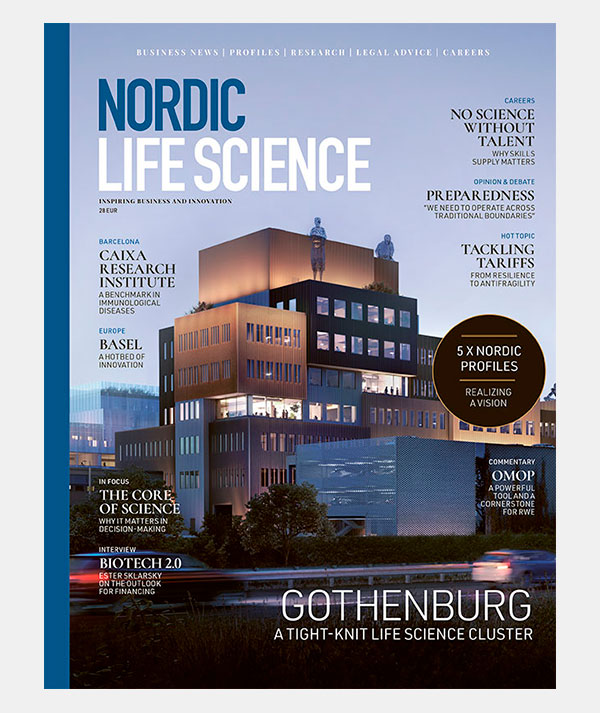Orexo announces positive in vivo data

The company has announced pharmacokinetic in-vivo data for a powder-based intranasal semaglutide formulation developed with the AmorphOX technology.
In the in vivo study, three different formulations of powder semaglutide were administered intranasally. For comparison, Rybelsus, a semaglutide tablet, was administered orally, and Wegovy, injectable semaglutide, was administered subcutaneously.
At the median values, two of the AmorphOX powder formulations had a sevenfold increase in plasma values when compared to the oral tablet, although as expected they had lower values than the injectable. In addition to higher exposure than the oral route, the AmorphOX formulations exhibited lower variability in plasma concentration, describes the company.
The data generated further supports the ability of the AmorphOX technology to formulate large molecules into powders that could be delivered intranasally, states Orexo. An AmorphOX-formulated intranasal semaglutide may provide needle-free delivery with improved convenience, potentially better adherence, and would not require refrigeration, it states further. Dosing schedules, depending on intranasal dosage strength and therapeutic levels achieved, may also be extended to require less frequent dosing than the oral route.
“It’s promising that our AmorphOX powder technology successfully has managed to formulate and stabilize large peptides like semaglutide. This could pave the way for effective intranasal delivery of semaglutide and other GLP-1 receptor agonists. The study results underpin our updated AmorphOX strategy to prioritize larger molecules like peptides, proteins, and vaccines. The results will support Orexo in establishing strategic partnerships that expand and accelerate the use of this novel delivery method for more efficient treatments options.” says Robert Rönn, SVP and Head of R&D.
Published: September 8, 2025












